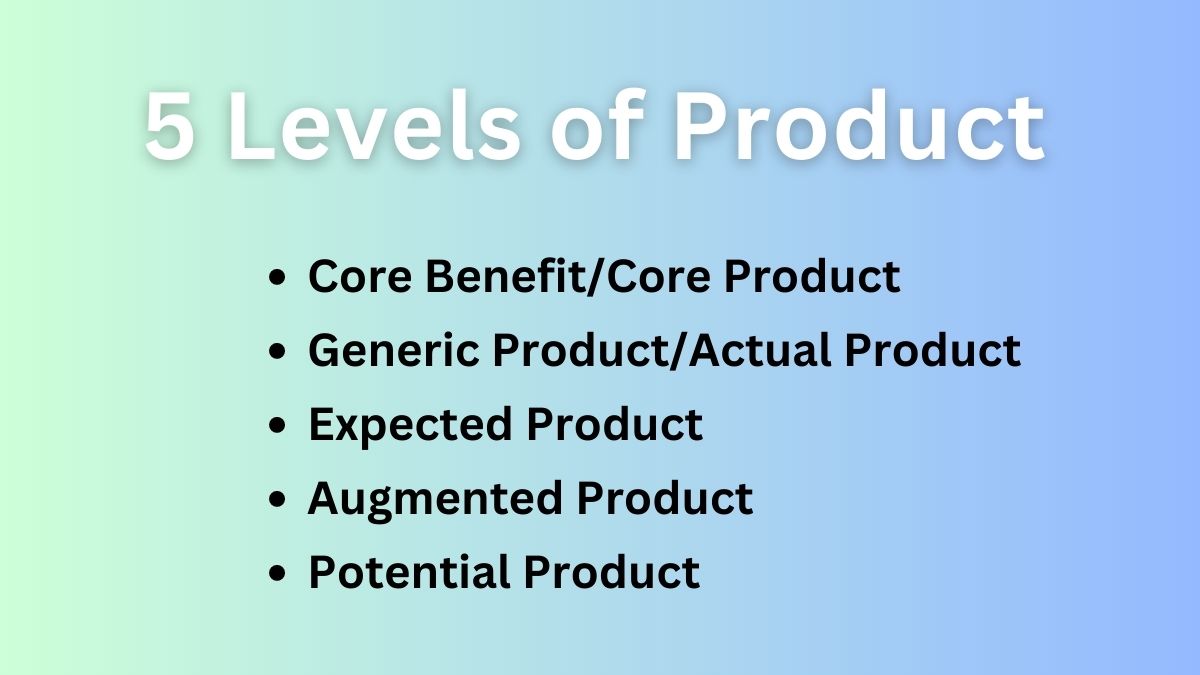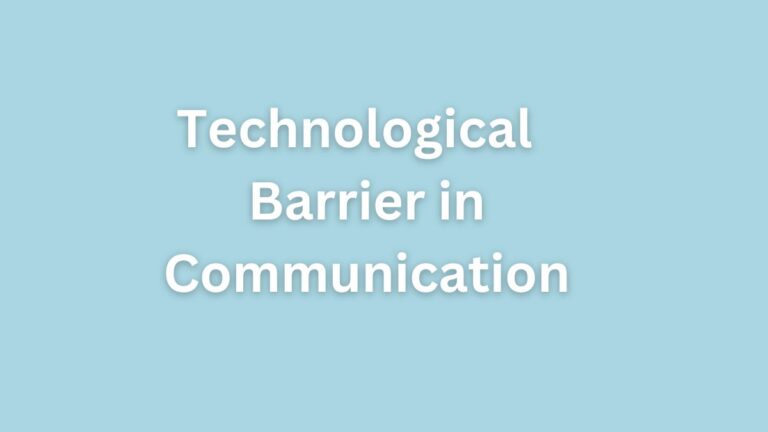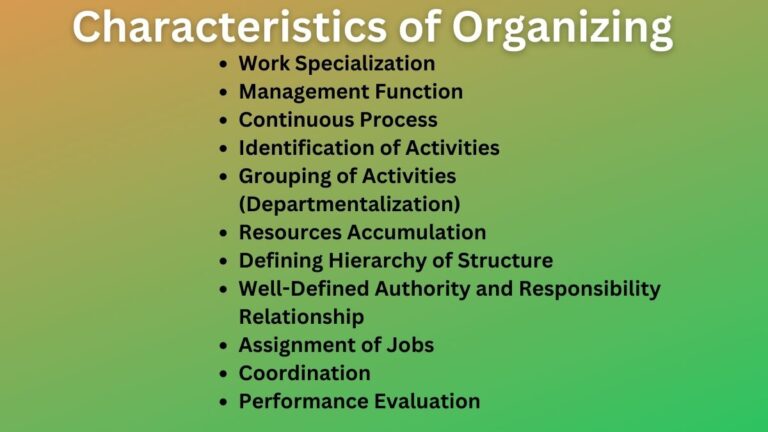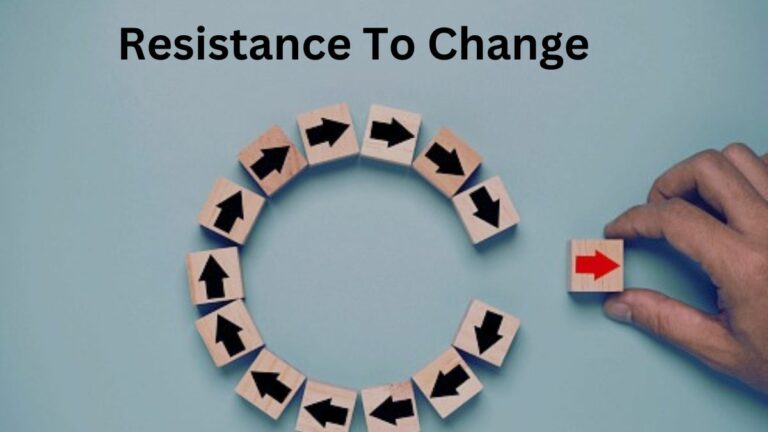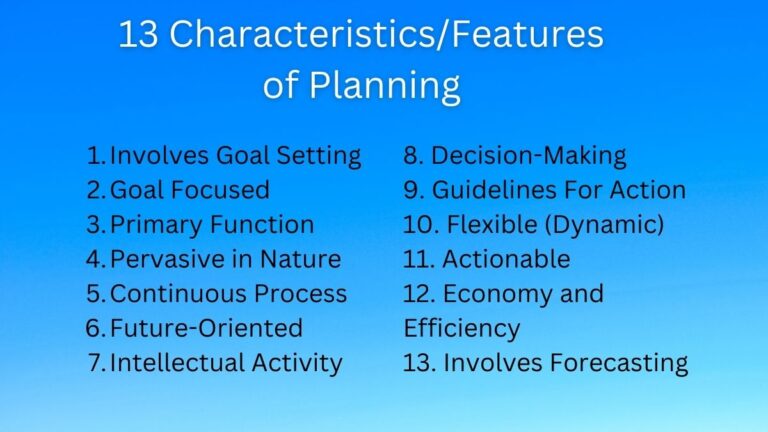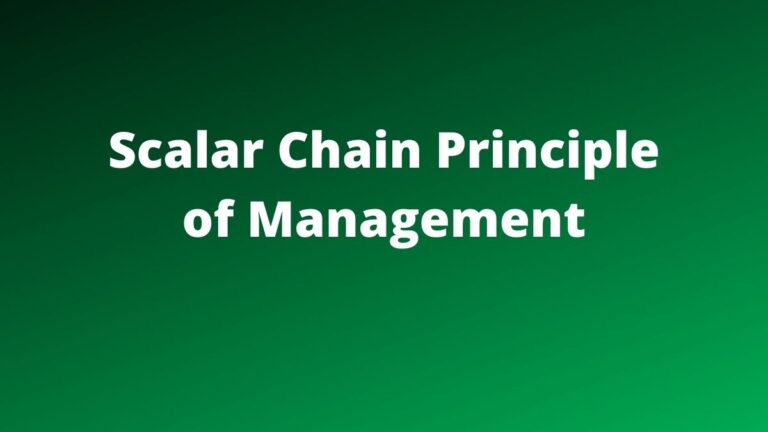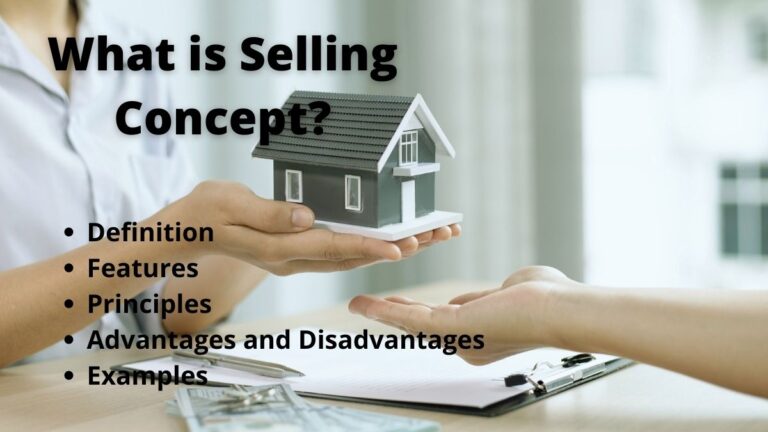Kotler’s 5 Product Levels Model [Explained with Examples]
Kotler’s Five Levels of Product
Marketing gurus Philip Kotler and Kevin Lane Keller published the five levels of the product model in the book called “Marketing Management” in 2003.
Commonly known as Kotler’s product levels. Let’s understand each of the levels of the product in detail with relevant examples.
Core Benefit
The core benefit is alternatively called a core product. This is the primary benefit consumers will get when they buy or use your product.
The core benefit is not a physical product, it is only the idea that if the product is made, it will offer to consumers.
This is the pre-stage in product formation. First, you must decide what unique benefit your product will offer. This becomes the main reason for buying to consumers.
Let’s take an example of the product, the core benefit of the book is the knowledge it provides. Similarly, say an airline its core benefit will be making people go from one place to another by air or airplane.
Generic Product
A generic product means a general form of the product. It is also called a basic and an actual product. The second level of the product is the converted version of the core product i.e. benefit.
In the first level, you have just developed an idea for your product, here, the second level includes converting the product idea into an actual product. It is done by adding some product attributes like packaging, branding, etc. so as to make it in physical form.
According to Kotler, the generic product is made up of its characteristics or attributes that are necessary for it to function.
Related: What is Consumer Product?
For example, an airline’s basic product will be letting people go from one destination to another by air.
Expected Product
The expected product includes the features or characteristics consumers expect to have in a product when they buy. Let’s say when a consumer buys a mobile phone he should expect the features like storage, a music player, sim insertion, a free charger, etc.
This includes the basic expectations consumers expect to have on the actual product. Following the airline example, consumers would expect features like good seats, seat belts, punctuality, etc.
Augmented Product
Augmented product means adding additional features to the actual product that would exceed customers’ expectations. The additional features may be discounts, free delivery, free trials, and different after-sales services.
Product augmentation is a great way to make products more attractive and appealing to consumers. With changes in the marketing situation, you should also add different quality features to the product to best go along with customers’ preferences.
Let’s follow the example of the airline – its augmented products will be discounts on tickets, free meals during flights, free magazines, etc.
Product augmentation will not only allow you to make your product more attractive instead it also helps to differentiate your product from the market, and gives consumers a reason to remember why your product is more appealing than competitors.
Expected Product
The expected product is the last product among the five levels. It is the possible changes or transformations that companies may make to their products.
Here, companies further add additional benefits or features to actual products. Take note that, this is only the idea companies plan to do but they have not implemented it on the product yet.
Following the previous example, the airline company may further plan to provide free taxis to its customers who are near its airport station.
In conclusion…
Each product level has a different value to consumers. So, when you try to make a product consider the expectations of customers and make the right level of product that best matches consumers’ expectations.
Also Read: What is Marketing Philosophy?
Sajan Kushmi is a content writer with more than 4 years of experience. He holds BIM Degree. He write on the topics related to Management, Marketing, and Entrepreneurship.
